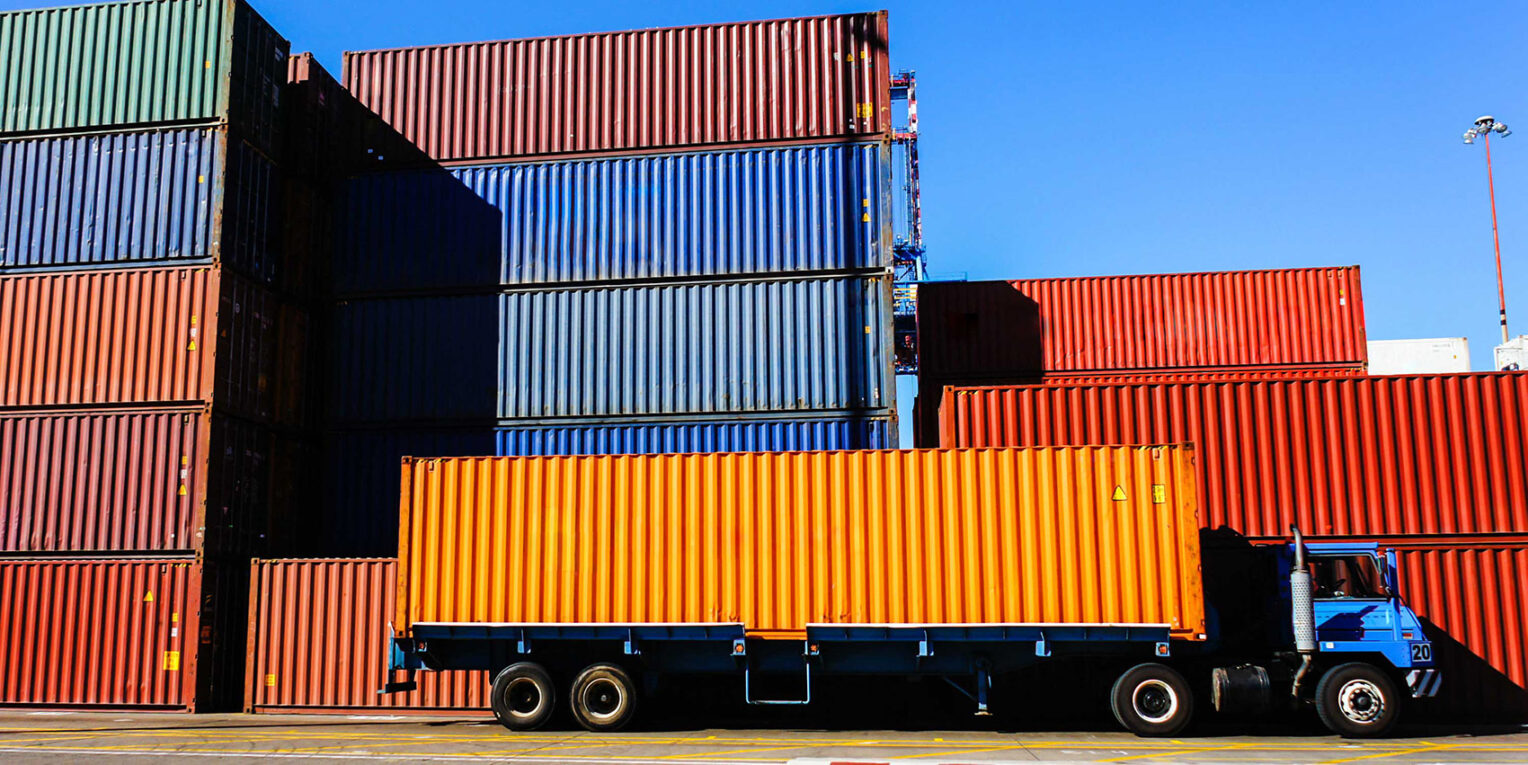Shipping containers have revolutionized global trade and transportation in the last 50 years. These rectangular steel boxes have become the standard method of transporting goods worldwide.
The Invention of Standardized Containers
Before containers became mainstream in the 1960s, goods were loaded and unloaded from ships piece by piece using nets and cranes. This manual process was slow, labor intensive and risky. In 1956, American trucking entrepreneur Malcolm McLean had an idea to transport goods in large standard steel boxes that could be more easily loaded onto ships, trucks and trains with cranes. This idea of the intermodal container was a major breakthrough that sparked the container Shipping revolution.
In April 1956, McLean acquired two tankers that he converted to container ships. He then developed the first standardized steel container design that became the prototype for today’s shipping containers. These containers measured 8 feet wide by 8 feet tall by 20 feet long (2.4 m × 2.4 m × 6.1 m) and had corner fittings that would become the ISO standard. This allowed containers to be easily stacked on ships, trucks and rail cars for the first time. By creating standard container sizes, global transportation was able to be coordinated for the first time on a massive scale.
Growth and Standardization of Container Shipping
In the 1960s, Shipping Containers began replacing conventional breakbulk shipping rapidly. Major shipping lines converted their fleets to container ships which could load and unload much faster using cranes. Container ports with large dockside cranes were constructed globally. In 1968, the International Organization for Standardization introduced specifications for container dimensions and fittings known as ISO containers. This ensured containers could work universally in all container transportation systems worldwide.
Container shipping grew exponentially in subsequent decades. By 1975, 50% of US overseas trade moved by containers. Today over 90% of non-bulk cargo worldwide is transported in ISO shipping containers on container ships, trains and trucks. Over 200 million containers are shipped annually globally, with each 40-foot container capable of holding about 28 tons of cargo. The growth of standardized containerization has enabled massive increases in global trade volumes by lowering transportation costs.
Benefits of Container Shipping
Containerization brought many benefits that helped revolutionize international trade and transportation on a global scale:
Speed: Containers increased loading/unloading speeds up to 30 times faster than conventional breakbulk shipping using cranes rather than manual labor with nets and slings. This allowed for more ship voyages and reduced cargo transportation times.
Cost Savings: The speed increase and ease of handling containers reduced transportation and labor costs significantly. Some estimates indicate containerization lowered shipping costs over 90%. This allowed global sourcing and boosted trade.
Safety: Containers eliminate the need for dangerous and accident-prone manual cargo handling. Risks of damage, theft and health/safety issues from loose cargo are avoided.
Security: Standardized containers offer improved cargo security vs. open decks with loose cargo. High-tech tracking and monitoring helps prevent theft and loss.
Traceability: Containerization and digital tracking enables seamless cargo tracing from origin to destination. This improves supply chain visibility, especially for time-sensitive goods.
Intermodality: Because containers fit seamlessly on ships, trucks and rail cars, goods can now flow between transport modes with maximum efficiency. Door-to-door delivery speed and cut transit times.
Environment: Fewer transfers lower emissions from idling equipment. The density of container shipping offers carbon efficiencies vs. low-load traditional shipping.
Standardization: Common container sizes sparked supply chain synchronization globally and container-based global trade networks allowing for just-in-time deliveries.
Clearly, the benefits of containerization have driven the immense expansion of international trade over the past 50+ years. By reducing costs and transit times, container shipping helped make the global economy possible on its current scale.
The Global Shipping Container Network
Today’s world trade depends critically on the complex global network for container shipping. Some key aspects of this network include:
Container Ports: Major container ports like Singapore and Shanghai handle over 30 million container units annually in a highly coordinated ballet of massive container ships, cranes and vehicles. Over 800 ports worldwide have container terminal facilities.
Container Ships: Modern container ships can carry over 23,000 containers and are 12 football fields long. They connect ports through regularly scheduled services on Asia-Europe-North America routes and other trade lanes.
Chassis: Wheeled platforms that containers securely mount to for road/rail transport. Over 4 million intermodal chassis deploy worldwide to move boxes between ocean carriers, railways and inland destinations.
Railroads: Major railway routes like China Railway connect inland regions to container ports. Well over 1 million rail containers are shifted annually in North America alone.
Container Terminals: Inland hubs where containerstransfer between ships, trucks and trainsusing massive gantry cranes, straddle carriers and yards holding thousands of boxes.
Trucking: The “final mile” for containers relies on fleets of specialized tractor-trailer rigs transporting boxes to and from ports and inland warehouses/distribution centers.
Information Systems: Electronic tracking systems like the Global Shipping Business Network provide visibility of containers moving worldwide via radio frequency identification(RFID) tags and data sharing between carriers, ports and customers.
The global container shipping supply chain is an immense, interconnected network operating around the clock to move consumer goods and industrial materials worldwide. It is critical infrastructure supporting international trade and the global economy overall.
Shipping containers lie at the very heart of modern globalization and international trade. In just over half a century, containerization has revolutionized transportation and logistics worldwide. Standard boxes offer higher speed, lower costs and greater cargo security compared to the breakbulk past. Container ports, ships, rail systems and trucks now shuttle billions in goods between nations annually. Despite challenges like pandemic disruptions, this shipping container network remains remarkably resilient and will undoubtedly play a central role in future commerce. Containerization’s impacts have been nothing short of transforming the way goods and materials flow between producers and consumers worldwide.
*Note:
1. Source: Coherent Market Insights, Public sources, Desk research
2. We have leveraged AI tools to mine information and compile it

